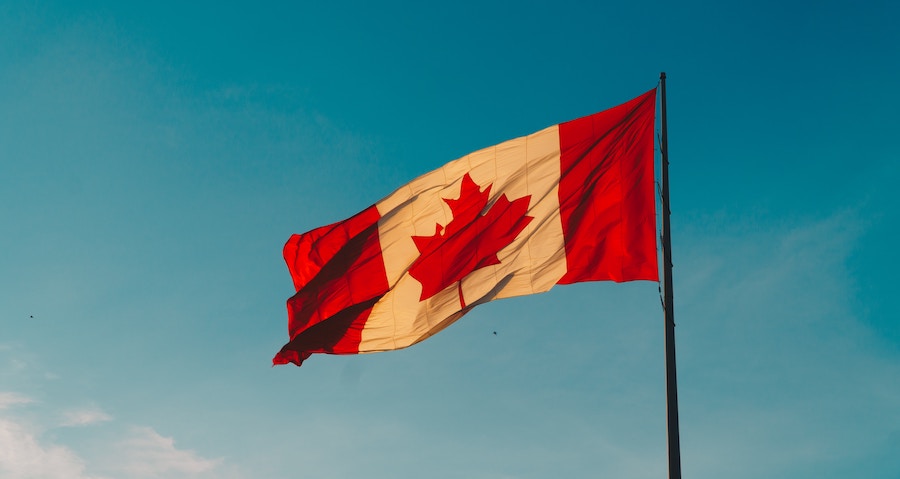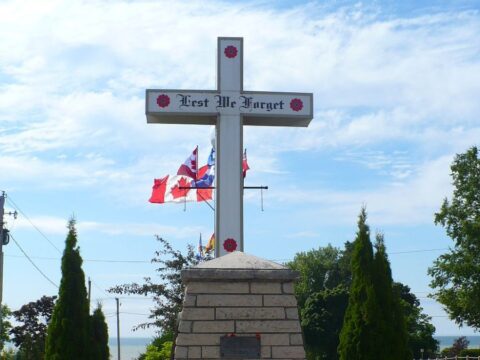As a Labradorian living in southern Quebec, I’ve noticed some people perceive where I’m from as a mystical place, a negative space on the map, a missing piece of Quebec’s puzzle. I’ve even had a few people tell me, “You know, we used to own you.” So when Bloc Québécois leader Yves-François Blanchet unveiled the party’s new map last May depicting Quebec and Labrador as a single undivided region, I rolled my eyes. Here we go again.
I’ve spent most of my adult life in Montreal and married a Québécois. I love the language, culture and spirit of the Québécois, but over the years the subject of Labrador and Quebec sovereignty has repeatedly come up. Often Quebec sovereigntists have asked me, “Well, why don’t you just join us when we leave?” To which I point out the irony of a Quebec sovereigntist wishing to have another geographical area with its own distinct culture reluctantly join their new country. I cannot count the number of times I wished I had a marker to correct the border between Quebec and Labrador on maps in Quebec classrooms, government offices and libraries. But I’ve also come to understand that at the heart of the Quebec sovereignty debate is a love of culture, language and place — something I know well as an Indigenous person.
You may unsubscribe from any of our newsletters at any time.
More on Broadview:
- Sixties Scoop survivor creates an interactive map for fellow Indigenous adoptees
- Francophone Cameroonians find belonging in new Quebec church
- Documentary highlights the Canadians behind the largest civilian-led relief operation in history
In 1929, the Privy Council settled the border between Quebec and Labrador, basing it on the height of land. If the water flowed eastward to the Atlantic, the land belonged to Labrador. If it went north to the Ungava or south to the St. Lawrence, the land belonged to Quebec. Nearly 100 years later, both provinces still disagree on Labrador’s southern border, but Blanchet’s map takes it a familiar step further.
If the Bloc Québécois are so eager to redraw the borders, then why not let Northern Quebec join Labrador? The Inuit homeland of Nunavik and the Cree homeland of Eeyou Istchee have more in common with Labrador than Montreal or Quebec City. They could unite Nitassinan, the homeland of the Innu and the Naskapi peoples, which is now divided between colonial borders. These are not the borders, however, that many Quebec sovereigntists want to debate.
When I see Quebec politicians use maps like Blanchet’s, I want to tell them that Labradorians are our own distinct people as well. Just like you, we want our right to exist. And just like you, we don’t want people in far-off places — who don’t understand us — controlling everything. We want to be maîtres chez nous, masters of our own domain. I encourage Blanchet and other Quebec politicians to spend some time in Labrador and get to know the people, the cultures and the Land; to witness our similarities and differences and better understand their neighbour.
***
Ossie Michelin is a Labrador Inuk journalist from the community of North West River.
This story first appeared in Broadview’s October/November 2023 issue with the title “The other side of the border dispute.”














Being a descendant of Elizabeth Goudie
Would ask we retrieve history of eskimo
Under 19 20’s clause in Labrador